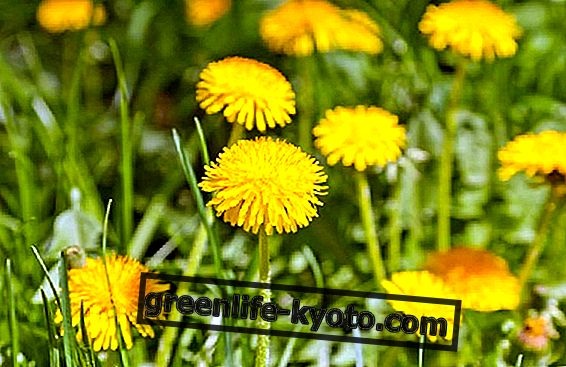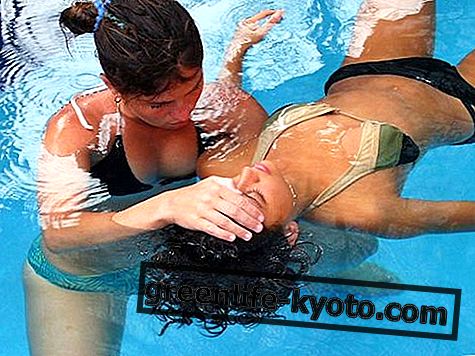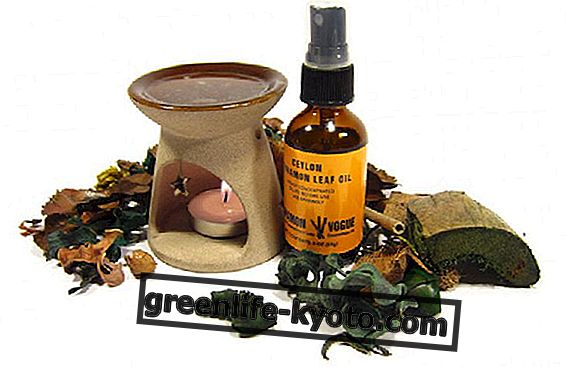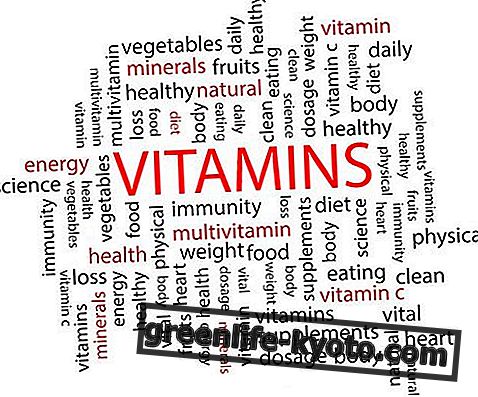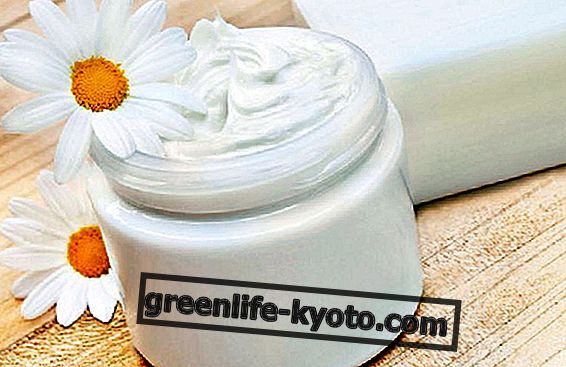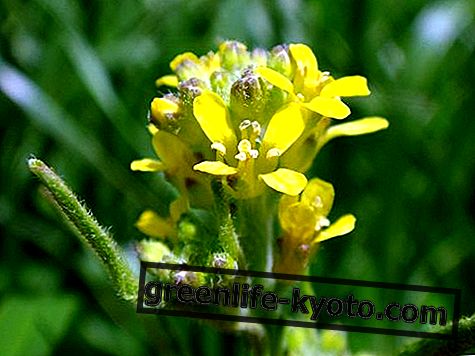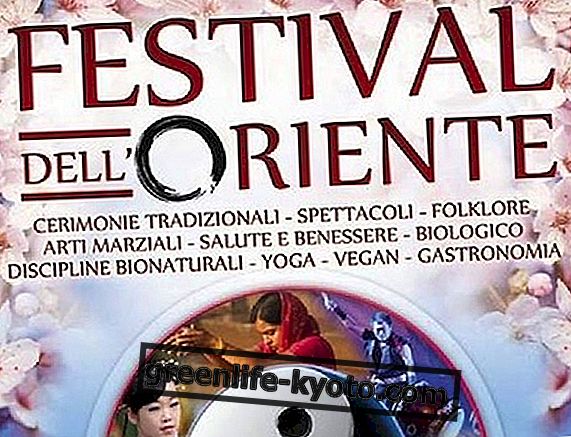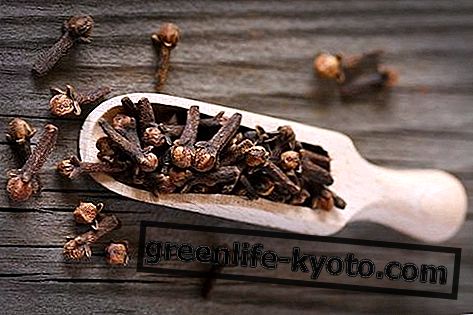
The hygiene of the newborn needs simple but important attention.
Let's see together:
> Baby Bath;
> milk crust;
> diaper change;
> baby's ear hygiene;
> nail hygiene of the newborn;
> hygiene of the baby's nose
Baby bath
In the early days, even though the course taught us how to do it, baby bathing may seem complicated, especially if the baby cries desperately and becomes agitated.
If the baby does not like the contact with water, it may be useful to try to get him to gradually get used to this new experience for him, taking a very short bath at the beginning and then stretching it a little at a time, when he will start to find more pleasant. experience; in any case, the bath must last a few minutes .
If the baby does not like it, it is not necessary to take a full bath every day.
It may seem trivial, but ... before proceeding with the bath it is important to prepare everything you need in order to have everything under hand. So the first thing to do is to arrange a triangle bathrobe and clean clothes.
It is not necessary to use too many detergents: the best products for the hygiene of the newborn are the natural ones, so a detergent or a soap as natural as possible is sufficient.
For practical reasons, it is advisable to use only one product that is good for both the skin and the rest of the body.
When everything is close at hand, soak the baby gently in the water and support it with your arm.
The water temperature must be slightly higher than the body temperature, therefore around 37 degrees, and the environment adequately heated.
The bath, in the evening, can promote sleep. To make this moment even more relaxing, after having dried the baby well, it may be useful to give him a gentle massage with sweet almond oil.
The milk crust
The milk crust is frequent in the first two months of life of the newborn. The crusts of fat material are formed mainly on the scalp skin, but also on the forehead and eyebrows.
With time it resolves on its own, however it may be useful to put a gauze soaked in sweet almond oil on the head and then wash it with a natural soap.
Oily shampoos are also useful for milk crusts.
Diaper change
We all know that for a correct hygiene, the diaper must be changed frequently ; if necessary, it must also be changed during the night.
The intimate parts of the newborn must always be kept dry and clean, but for washing, soap should not be used all the time ; simply rinse them under warm running water.
If necessary, use a little mild soap . It is essential to dry very well, using a soft towel and leaving the skin in the air for as long as possible .
To keep the skin moisturized, it is sufficient to use simple sweet almond oil, which also acts as a protective barrier.
In case of irritation, contact the pediatrician to indicate the most suitable product for the specific case.
Baby ear hygiene
The first rule when it comes to hygiene of the baby's ears is: it is forbidden to use cotton sticks, they are dangerous and favor the formation of the wax plug.
For the hygiene of the ears it is sufficient to wet them with a small amount of warm water, without soap, during the bath, and clean the outside, gently, with a gauze.
Baby nail hygiene
Nails should be kept short to prevent the baby from scratching. Since they grow really fast, they should be cut regularly, at least once a week, with the special round-pointed scissors that are found in the pharmacy and in stores specializing in items for early childhood.
The ideal is to cut the claws when the baby is very calm, for example during a feed or even when sleeping.
Hygiene of the nose of the newborn
Babies and small children have very minute nasal cavities and it is therefore very important to keep the nose free to avoid colds that are easily complicated in far more annoying disorders such as otitis, bronchitis and bronchiolitis.
It is therefore a good idea to pay attention to the nasal hygiene of the newborn.
To wash the nose, a syringe without needle and a common saline solution (3 or 4 ml at a time) are sufficient . Alternatively, there are very practical single-use vials on the market that make this operation even easier.

